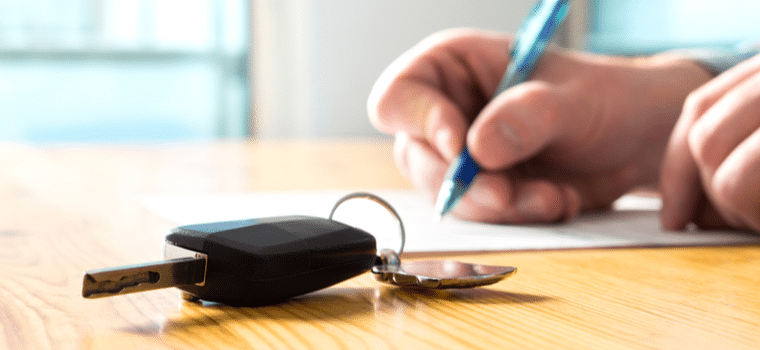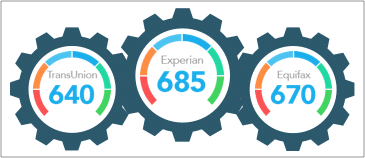Whether you’re purchasing a new or used car, you’ll likely be looking for loan options to finance that new purchase. You’ll have the option to finance the car through a bank loan or through a loan at the dealership where you buy. Neither option is better or worse than the other, and the best option for you will largely depend on your unique situation.
There are two key differences between these options that could affect how you decide to finance a vehicle.
Financing With a Bank
When you finance through a bank, you’ll go directly to the bank or credit union to get preapproved for the loan. Generally, you’ll go through this process before you even go to the dealership, and you’ll be given a quote with a letter of commitment that you can bring to the dealership with you. This can save you time when you’re finalizing your purchase and can also prevent salespeople from trying to upsell you beyond the amount you’ve been approved for.
The application process for bank loans will vary from place to place, but you can typically apply in person, over the phone, or online. As with other types of loans, you’ll need to provide details of your finances and the amount you want to borrow. You may also need to provide information about the vehicle you’re buying before the loan is finalized.
As you go through the application process at the bank, the staff member you work with will guide you through the process and let you know what to expect when you go to the dealership. And if you’re already a customer, they’ll likely consider your relationship history when making their decision.
The bank loans available to you may depend on whether you’re purchasing a used or new vehicle. It’s common for banks to place restrictions on a vehicle’s age and mileage. You also may find that the interest rates on a new vehicle are lower than the interest rates on a used one, which is primarily because new cars have more predictable resale values.
It’s important to remember that getting preapproved for a loan doesn’t guarantee you a particular amount, terms, or that you’ll ultimately be approved. But when you go to the dealership to make your purchase, the bank will run a hard credit check and review your credit report. You’ll then get a final approval offer.
Financing With a Dealership
When you finance through a dealership, you’ll choose your vehicle before you fill out the loan application. From here, the dealership is doing the application work on your behalf. They will submit your application to multiple lenders, so you can compare rates and choose the best option.
Because the dealership is arranging the financing for you, they sometimes negotiate higher interest rates than what the loan is actually for so that they can keep the difference and make a profit. It’s also important to realize that the bank your dealership chooses for a loan might be across the country, taking away the benefits of working with a local institution.
On the other hand, you may be able to negotiate with the dealership for better prices and rates, which you’ll be unable to do with the bank.
Similarly to working directly with a bank, you’ll typically find that new cars have lower interest rates than used cars. You may also find that new models have promotional pricing, such as 0% APR for qualifying customers.
What About In-House Financing?
When shopping for a car, you may find some dealerships that offer in-house, or buy-here-pay-here, financing options. These places typically specialize in working with customers who have low credit scores or no credit history. As a result, in-house financing usually leads to higher overall costs and high down payments.
Which Option Is Right for Me?
When it comes to financing your car, the best option is generally the one with the lowest overall cost. Unfortunately, there’s no way of knowing which loan that will be until you apply.
To find the best rate, it’s worth getting preapproved for a loan through your bank or credit union and then asking the dealership to get you quotes as well. Getting loan rates from multiple sources in this way can help you avoid overpaying for your vehicle in the long run. You’ll know roughly what loan rates you qualify for before you even get to the dealership, giving you a good idea of where you stand. It also shows the dealership that you’re an informed buyer, giving you more control throughout the shopping and negotiating process.
It’s always best to get the offer from your bank before you get to the dealership. When you find a car you like, salespeople will try to pressure you into purchasing before you can leave and compare your financing options. Already having a preapproved offer when you get to the dealership will also force the salesperson to offer you lower rates that are competitive to what you’ve already been offered. Then, you’ll be able to compare all of your available options and select the loan that’s best for your situation.
Regardless of which option you choose, keep in mind that applying for car loans can affect your credit score since the financial institutions will run hard credit checks when you apply.
The Bottom Line
Financing through a bank is very similar to financing through a dealership. Unless you strongly prefer to work with a local bank or credit union, it’s usually best to get quotes from the dealership in addition to the financial institution. That way, you can compare loan terms and rates, and select the best option for your situation.




